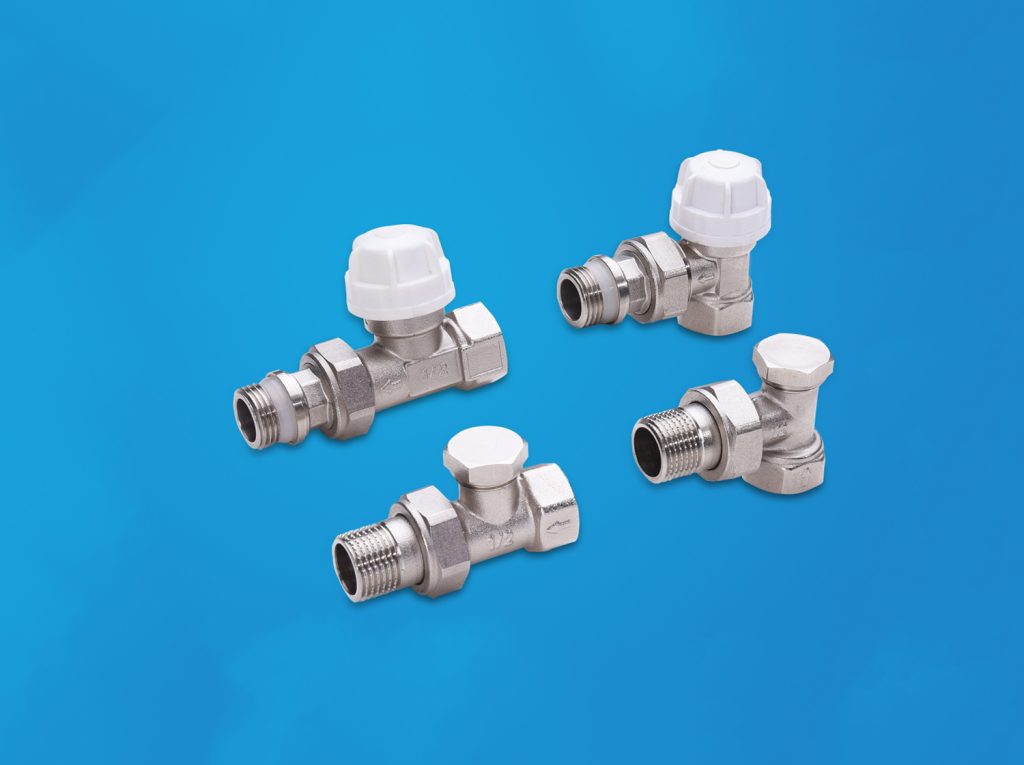Comprehensive Guide to Brass Radiator Valves: Detailed Description

Introduction
Brass radiator valves are essential components in heating systems that help regulate the flow of hot water or steam to radiators, ensuring optimal comfort and energy efficiency. These valves, typically made of high-quality brass, play a crucial role in controlling the temperature in residential, commercial, and industrial settings. This comprehensive guide provides a detailed exploration of the structure, types, working principles, installation methods, and benefits of brass radiator valves.
Structure and Types
1. Material Composition:
Brass radiator valves are predominantly made of high-quality brass alloys, which typically consist of 70% to 90% copper and various proportions of zinc. Brass offers excellent corrosion resistance, durability, and thermal conductivity, making it an ideal material for radiator valves. The use of brass ensures reliable performance and longevity in heating systems.
2. Types of Brass Radiator Valves:
There are two primary types of brass radiator valves: thermostatic radiator valves (TRVs) and manual radiator valves.
Thermostatic Radiator Valves (TRVs): TRVs are equipped with a built-in temperature-sensitive element that automatically adjusts the flow of hot water or steam based on the room temperature. These valves provide individual room temperature control, allowing users to set desired comfort levels and save energy by reducing overheating in unoccupied spaces.
Manual Radiator Valves: Manual radiator valves, as the name suggests, require manual adjustment to regulate the flow of hot water or steam. They are typically operated by a simple knob or lever, allowing users to manually control the temperature in each room.
Working Principles
1. Thermostatic Radiator Valves (TRVs):
TRVs work based on the principle of thermal expansion. The temperature-sensitive element inside the valve expands or contracts in response to changes in room temperature. When the room is below the desired temperature, the element contracts, opening the valve and allowing hot water or steam to flow into the radiator. As the room reaches the desired temperature, the element expands, closing the valve and reducing the flow. This continuous adjustment ensures a comfortable and energy-efficient heating environment.
2. Manual Radiator Valves:
Manual radiator valves operate by manually adjusting the flow of hot water or steam to the radiator. Users can turn the knob or lever to control the opening and closing of the valve, regulating the temperature in the room. Manual valves offer simplicity and reliability, allowing users to customize the heating according to their preferences.
Installation and Compatibility
1. Installation Methods:
Brass radiator valves can be installed in two main configurations: angled and straight.
Angled Valves: Angled valves are commonly used when the radiator pipes come out from the wall at an angle. They have an L-shaped design that allows for easy connection to the radiator and the pipe.
Straight Valves: Straight valves are used when the radiator pipes come out from the floor or directly from the wall. They have a straight design that facilitates a direct connection between the radiator and the pipe.
2. Compatibility:
Brass radiator valves are compatible with various types of radiators, including cast iron radiators, steel panel radiators, and aluminum radiators. It is important to ensure that the valve size and connection type match the radiator to ensure a proper fit and efficient operation.
Benefits and Features
1. Temperature Control and Energy Efficiency:
Brass radiator valves, especially thermostatic radiator valves (TRVs), provide precise temperature control, allowing users to set individual room temperatures and reduce energy consumption. This feature ensures optimal comfort and energy efficiency by avoiding overheating and unnecessary energy waste.
2. Flexibility and Customization:
With manual radiator valves, users have the flexibility to adjust the temperature in each room according to their preferences. This customization enables personalized comfort levels and efficient heating management based on individual needs.
3. Durability and Reliability:
Brass radiator valves are known for their durability and reliability. The use of high-quality brass ensures resistance to corrosion and long-lasting performance, even in demanding heating systems. These valves require minimal maintenance and provide reliable temperature regulation for years to come.
Conclusion
Brass radiator valves are crucial components in heating systems, providing temperature control, energy efficiency, and personalized comfort. Understanding the structure, types, working principles, installation methods, and benefits of these valves is essential for selecting the right products and optimizing heating systems.
